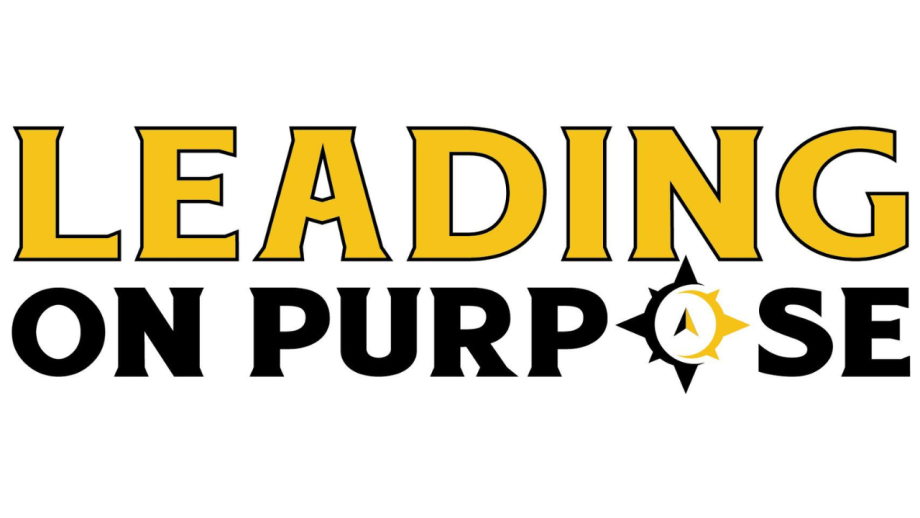
Don't Wing Your Team Building and Bonding Plans, Do This Instead
It’s the start of the new year and that means it’s time to plan your team building and bonding calendar. “86% of employees believe LACK of collaboration/ineffective communication is the biggest influence on workplace failure.” When it comes to investing in your team, intentionality is key. Winging it or figuring it out as you go will give you lackluster results while wasting time and money. So don’t wing it… Do this instead.
Set time aside at the beginning of the year to plan your team building events. You can’t expect one holiday party in December to create bonds, enhance communication, develop leadership, build camaraderie, etc and for those effects to last all year.
Instead, you need to be aware of the different categories of corporate group outings, how often these outings should occur and the results you can expect from each of these categories. Once you are aware of the different types of group gatherings, you can update the calendar with activities that bring your teams together throughout the year.
“Team Building is the most important investment you can make for the development of your people.
When planning your yearly schedule, identify the 4 Categories of Corporate Group Outings: Informing, Building, Bonding and Entertaining. I will go into more detail about each of these categories and how often you should schedule each one below.

- INFORMING: Group activities where informing is the focus occur the most often with weekly, monthly and quarterly updates. At informing group meetings, communication is often one-directional with the organization or speaker providing information to the group. Multiple communication channels may be utilized for this purpose including in-person, video, or email. Brainstorming sessions fall into this category as well. We will provide additional information on how to most effectively host brainstorming sessions in a future newsletter.
- BUILDING: Team building gatherings focus on skill set enhancement. A goal should be created such as developing verbal communication, learning a technical skill, or locating emerging leaders and an activity planned around that goal. At the conclusion of each activity (if there are several), the group should reflect and debrief on what they learned. Team building can be thought of as the bricks that build the strong foundation of the team. Team building should occur once per quarter per team. Seminars, workshops or experiential activities can all be the setting for a productive team building session.
- BONDING: The focus of team bonding is on building relationships. Rather than developing skills like in team building, team bonding is about connection and camaraderie. You can think of team bonding as the mortar used to strengthen the foundation. ALL people managers should keep team bonding top of mind and plan activities around it once per month per team.
- ENTERTAINING: The final corporate group outing is entertaining. When planning entertaining group outings, the goal is to leave work at work. You want to hear employees talking and laughing about non-work-related things. Ideas for this type of gathering include happy hours, concerts, sporting events, or oyster roasts. There is less structure and planning involved when it comes to an entertaining excursion. The focus is on emotions. Entertaining outings should occur once per quarter per team.
“Team building can be adventurous and enjoyable if you do it with a little pizzazz.” – Forbes
Many leaders wonder if the investment in team building is worth the expense. 450-500 billion dollars are wasted in the US as a result of disengaged employees. The real question is whether your organization can continue hemorrhaging money from a disengaged workforce and top talent walking out the door.
“Organizations are 21% more profitable with a highly engaged workforce.”
When planning events, keep the T.E.A.M. Method in mind. The T.E.A.M. Method helps you decide what type of corporate group outing you are planning, what individual employees will gain from the activity and the key takeaways team will gain from the experience.

As a thank you for subscribing to my Leading On Purpose newsletter (click here to subscribe), I am happy to provide you with our T.E.A.M. Method worksheet. You can download the worksheet by clicking here.









